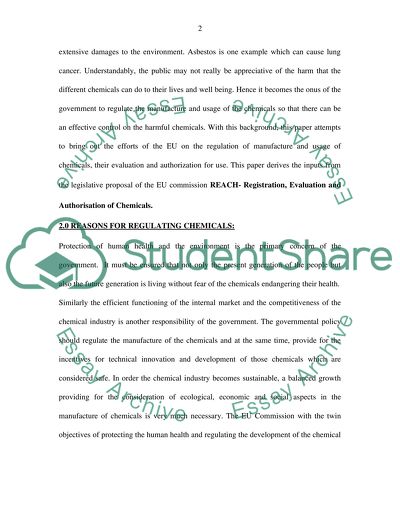Cite this document
(“Eu Chemicals Policy: Regulation, Evaluation And Authorisation Of Essay”, n.d.)
Eu Chemicals Policy: Regulation, Evaluation And Authorisation Of Essay. Retrieved from https://studentshare.org/miscellaneous/1501136-eu-chemicals-policy-regulation-evaluation-and-authorisation-of-chemicals
Eu Chemicals Policy: Regulation, Evaluation And Authorisation Of Essay. Retrieved from https://studentshare.org/miscellaneous/1501136-eu-chemicals-policy-regulation-evaluation-and-authorisation-of-chemicals
(Eu Chemicals Policy: Regulation, Evaluation And Authorisation Of Essay)
Eu Chemicals Policy: Regulation, Evaluation And Authorisation Of Essay. https://studentshare.org/miscellaneous/1501136-eu-chemicals-policy-regulation-evaluation-and-authorisation-of-chemicals.
Eu Chemicals Policy: Regulation, Evaluation And Authorisation Of Essay. https://studentshare.org/miscellaneous/1501136-eu-chemicals-policy-regulation-evaluation-and-authorisation-of-chemicals.
“Eu Chemicals Policy: Regulation, Evaluation And Authorisation Of Essay”, n.d. https://studentshare.org/miscellaneous/1501136-eu-chemicals-policy-regulation-evaluation-and-authorisation-of-chemicals.


